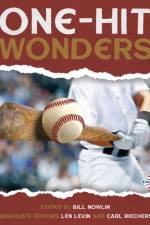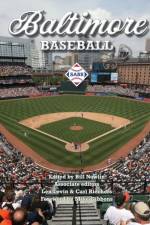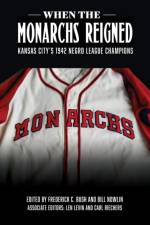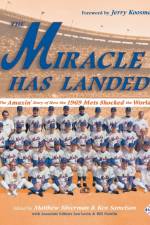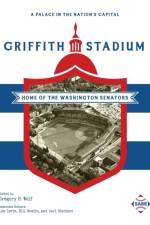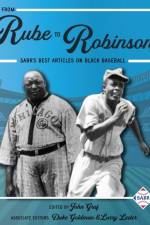- The Amazin' Story of How the 1969 Mets Shocked the World
377
Celebrate the 1969 Miracle Mets in this new, updated SABR edition of The Miracle Has Landed. Seven seasons after the Mets debuted with the most losses in modern baseball history, the franchise was still seen as a laughingstock, with 100-to-1 odds to win the World Series when 1969 began. The first year of divisional play started out as the Cubs'' year, while most onlookers figured the Mets would be happy if they could play .500 ball. Tom Seaver''s "Imperfect Game" against Chicago showed that the Mets could play with the big boys, but the Cubs still had a double-digit lead on the Mets in the middle of August. The Cubs stumbled, plagued by worn-out players, black cats, and bad luck, and magnificent Mets pitching turned the tide.The Miracle Has Landed celebrates the lovable Mets like no other book, complete with photos and artifacts of the time. A project of the Society for American Baseball Research, this volume gathers the collective efforts of more than thirty SABR members and features profiles of every player, coach, broadcaster, and significant front-office member connected to that great Mets squad. Included are biographies of the recently departed "Franchise" player, Tom Seaver, and Hall of Famer Nolan Ryan, beloved manager Gil Hodges, the talented outfield of Cleon Jones, Tommie Agee, and Ron Swoboda, drill sergeant backstop Jerry Grote, crucial mid-season acquisition Donn Clendenon, scrappy shortstop Bud Harrelson, and a pitching staff that went far deeper than just Seaver and Ryan. More than fifty years later the Miracle Mets are still revered, the first world champion expansion team and the club that stole New York''s heart.

